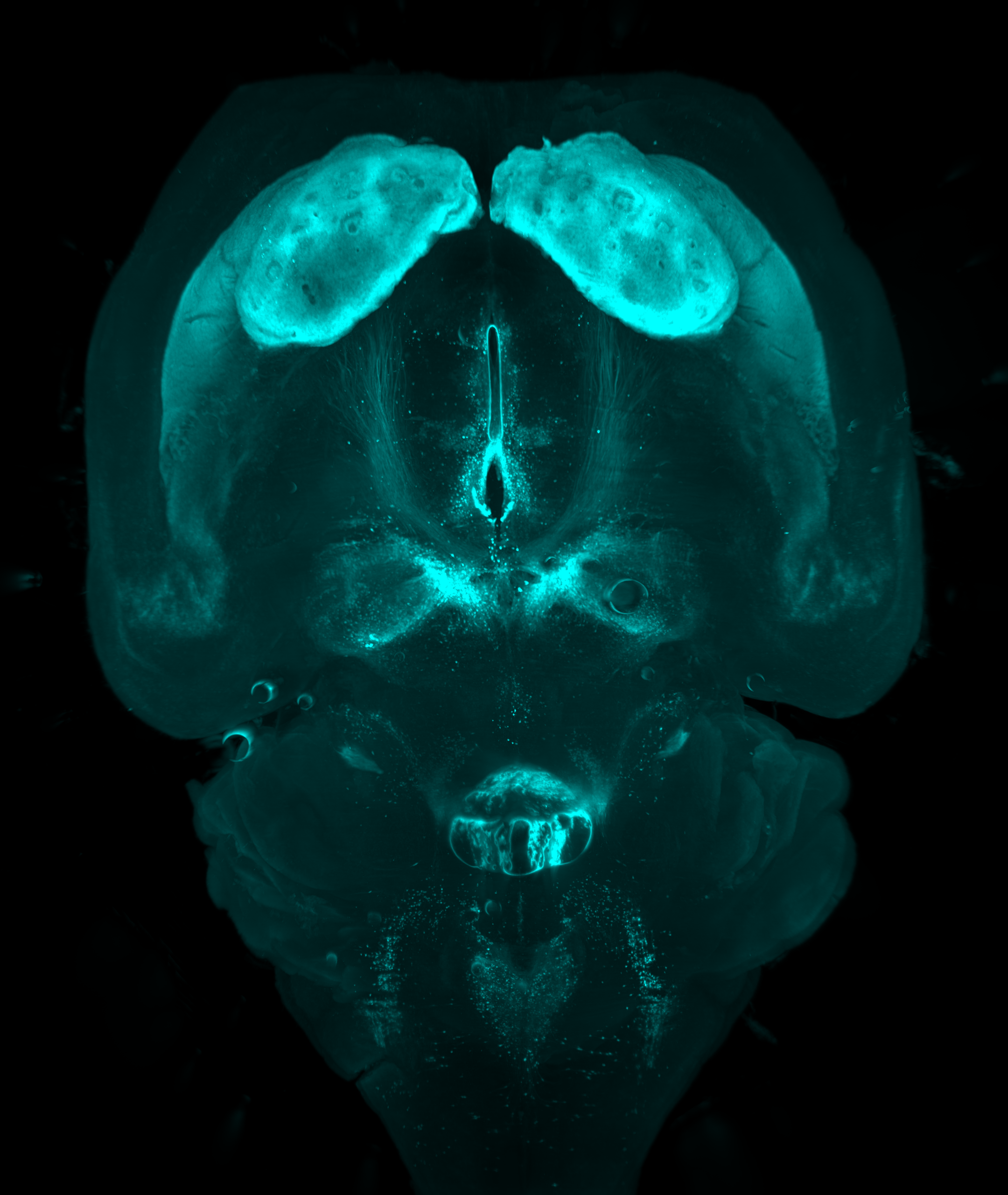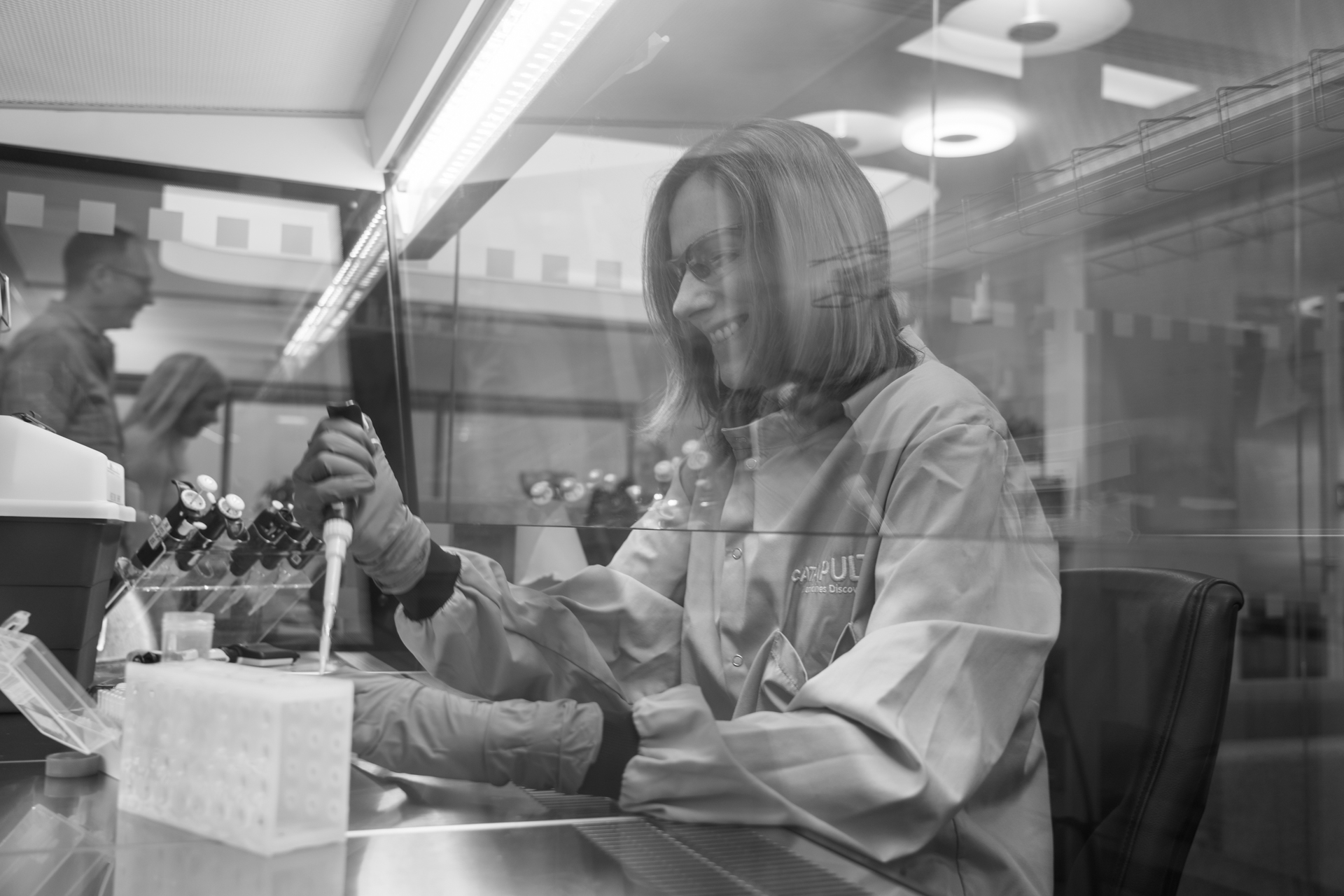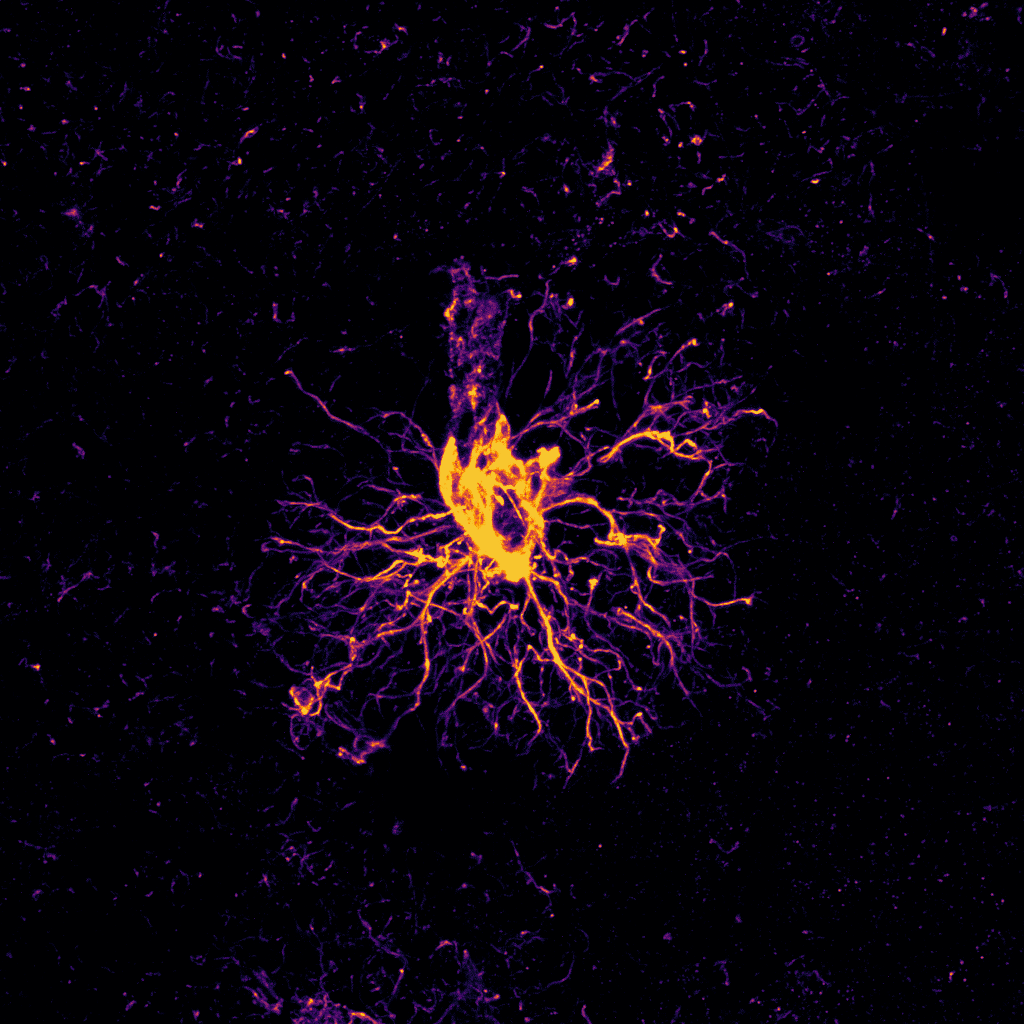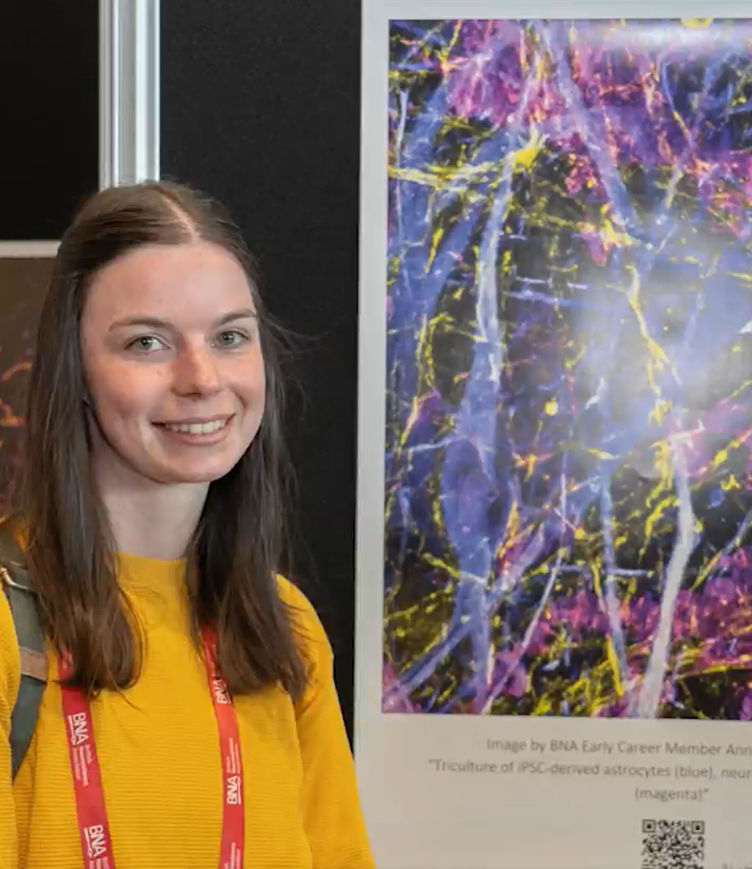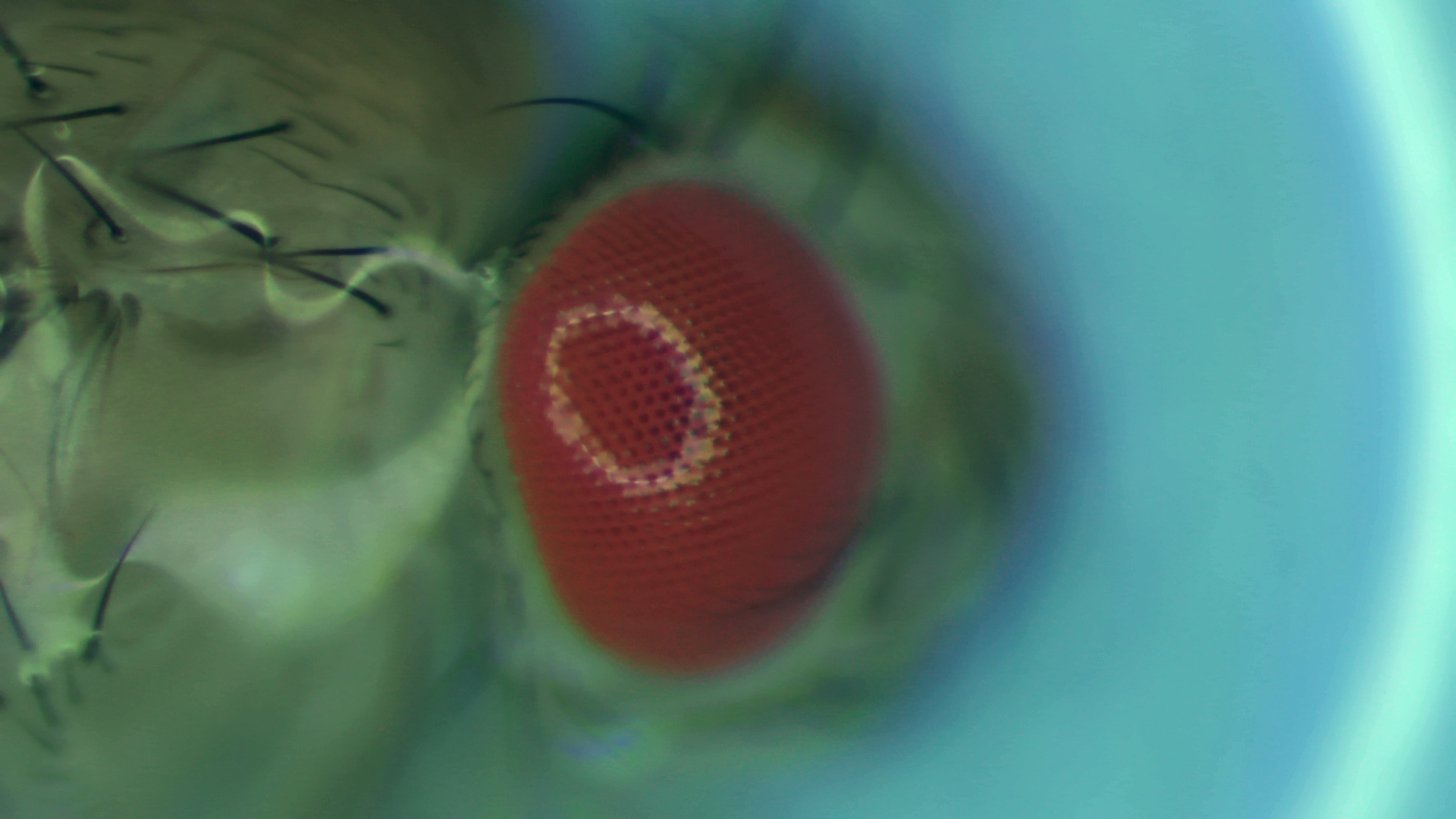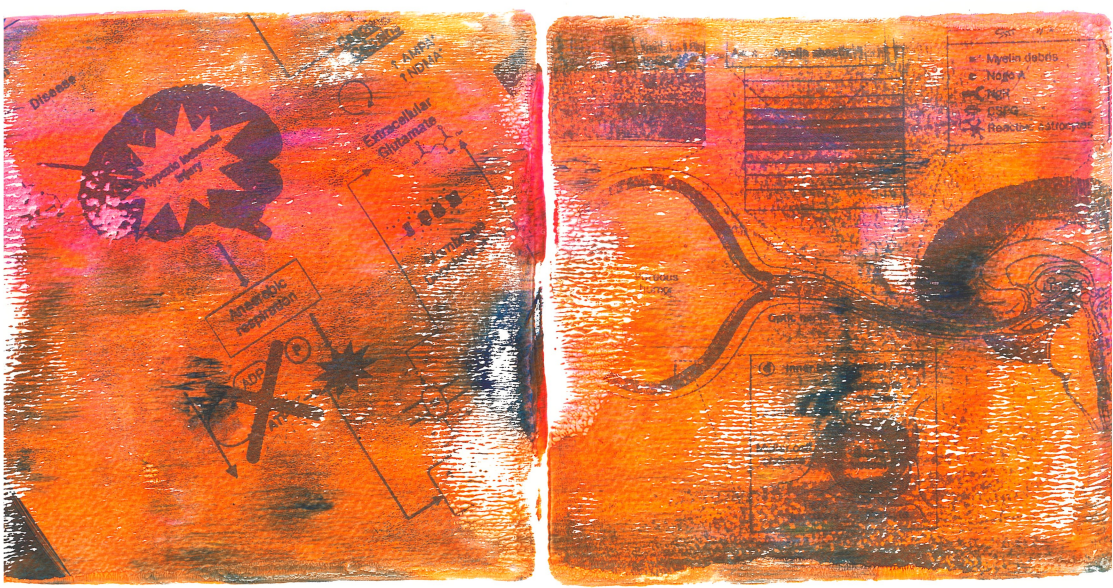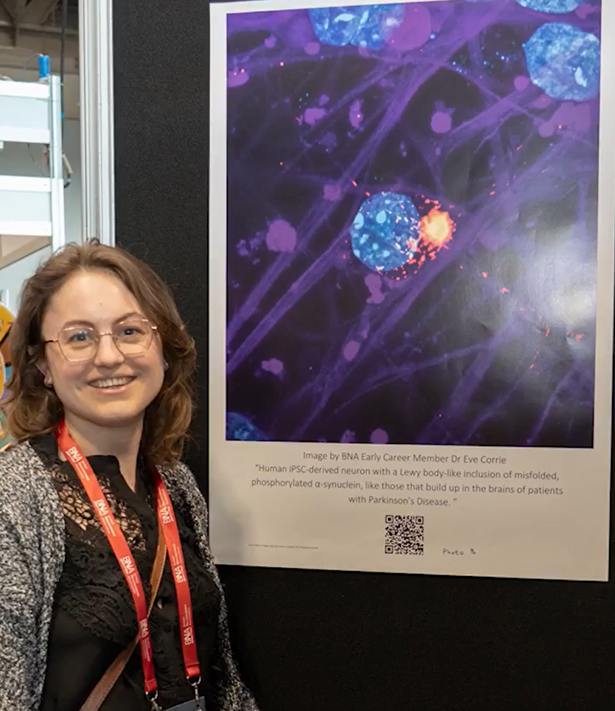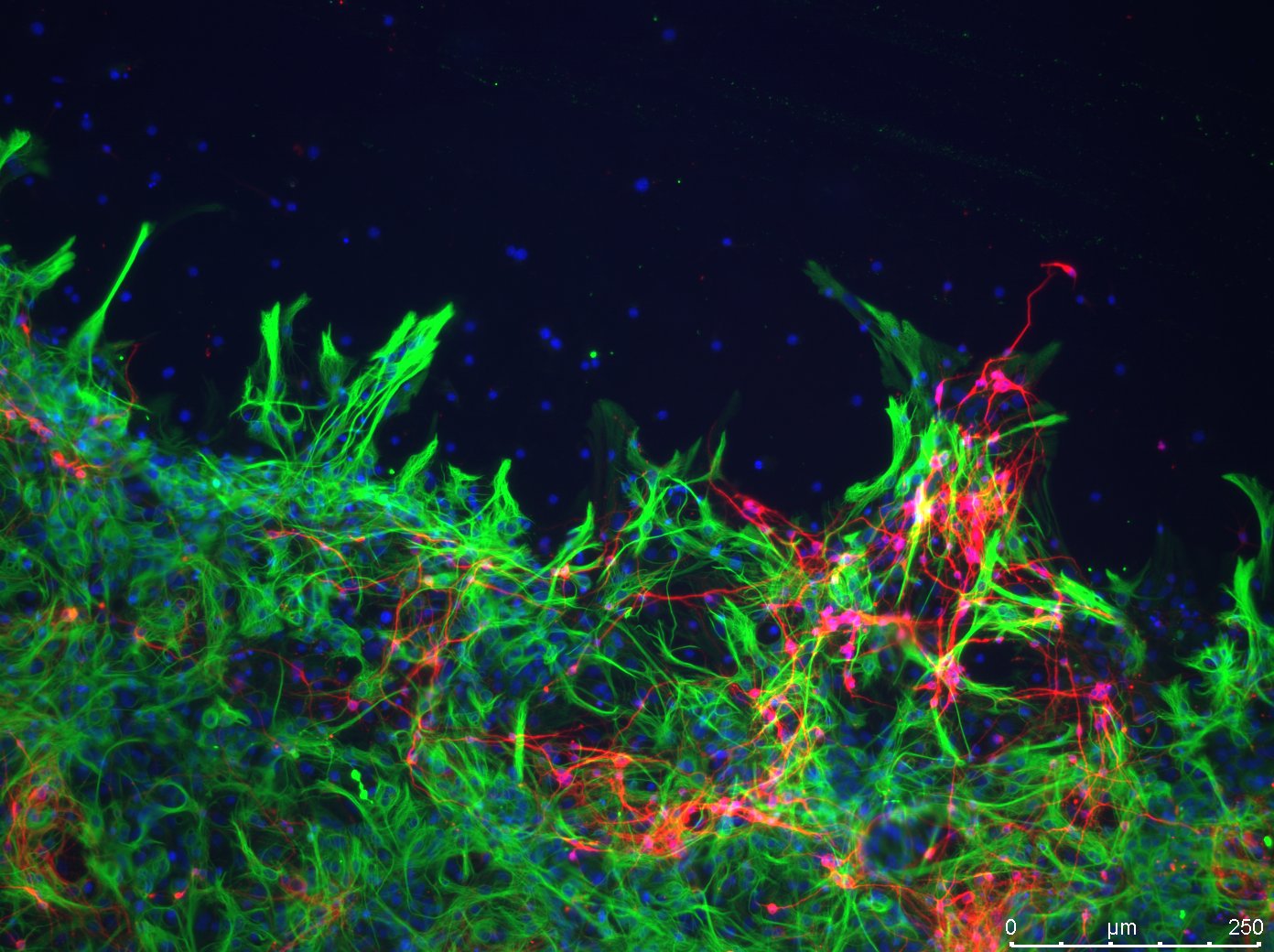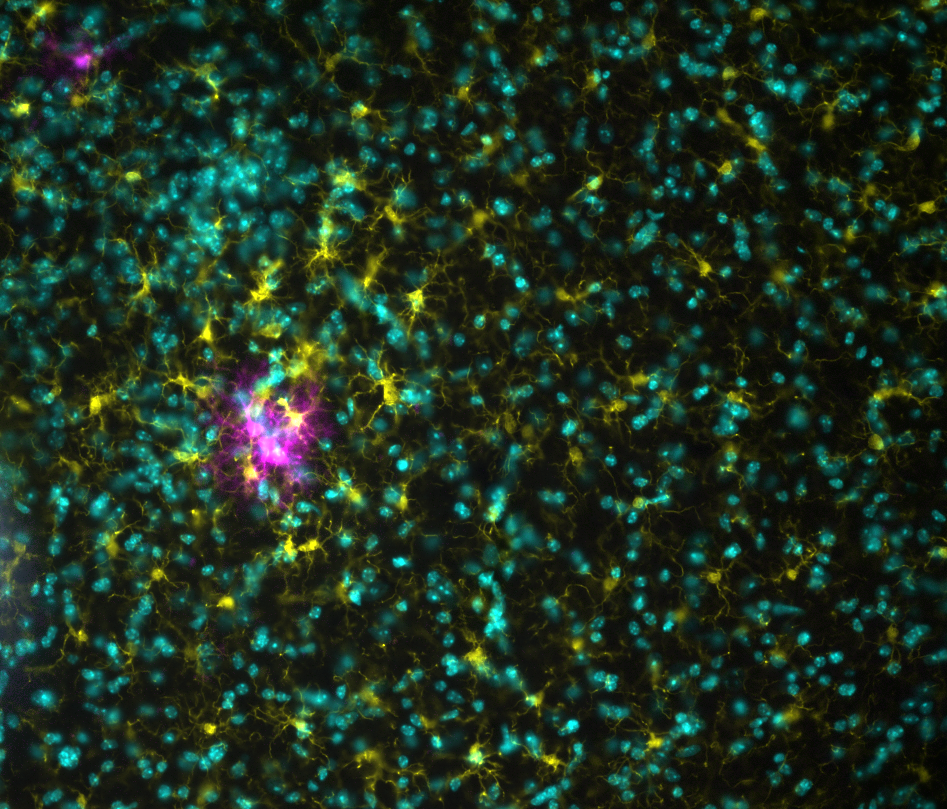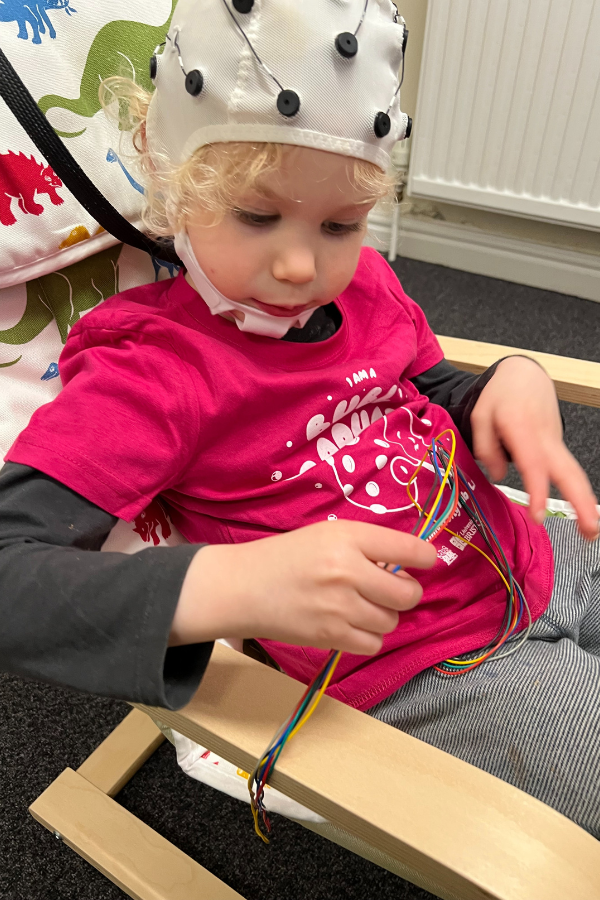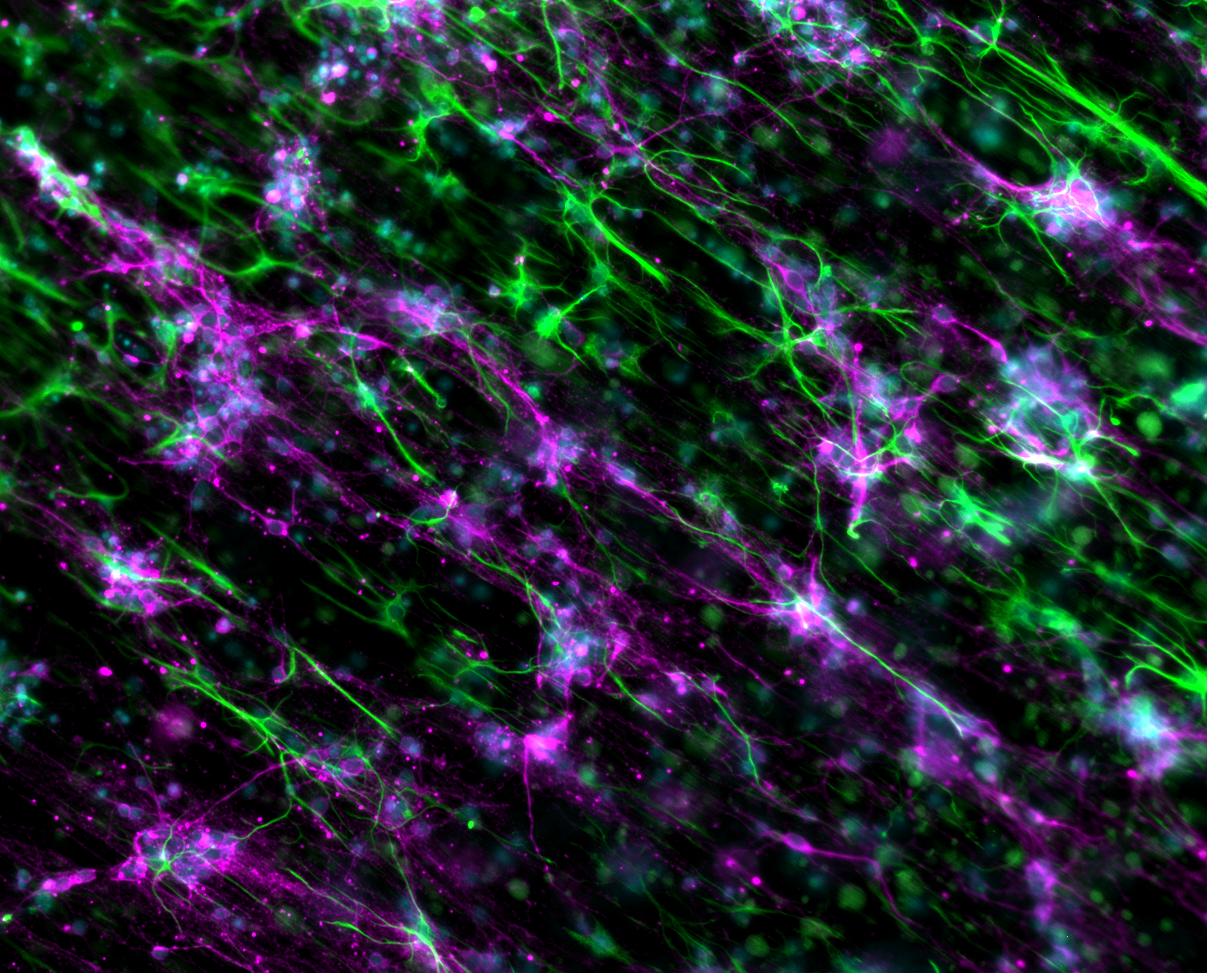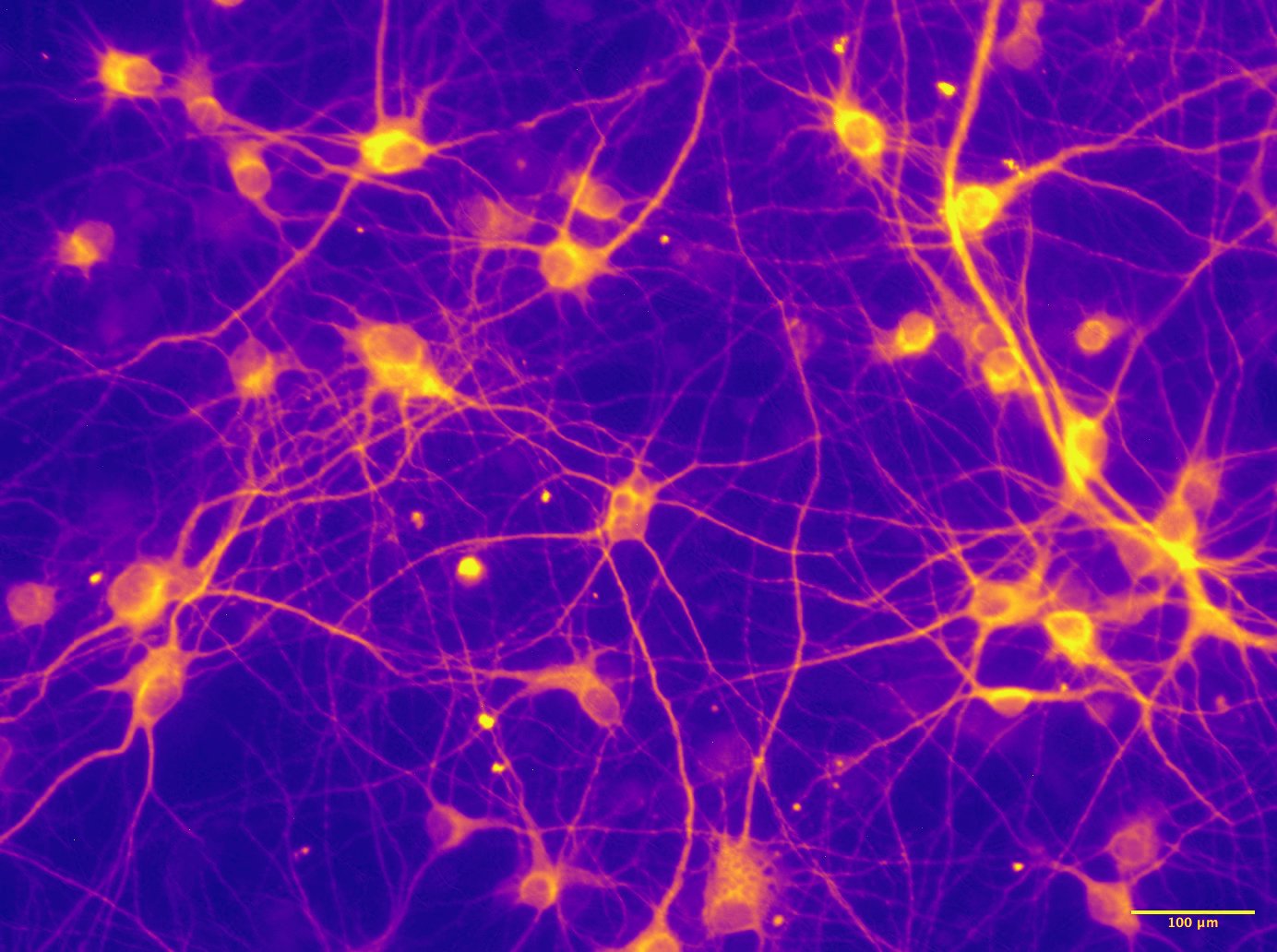Exploring the World of Neuroscience - by BNA Members
Earlier this year, we invited our BNA Member community to share images capturing their everyday neuroscience - and the results were truly captivating: both visually striking and scientifically insightful.
We received an incredible range of submissions that reflected the diversity of our membership, spanning academia, industry, and clinical practice. From the lab bench to the microscope and patient care, each image offered a unique glimpse into the daily work that drives neuroscience forward.
The judging panel, made up of BNA Council Members, had a tough task selecting just twelve standout images from the many impressive submissions. These selected images now feature in our 2025/26 academic year calendar and were proudly exhibited at the ‘Inform’ stand during BNA2025.
Delegates at the conference then had the chance to vote for their favourite and pick up a calendar - and we're delighted to reveal the winning image, along with the full set of shortlisted entries.
BNA Chief Executive, Laura Ajram says:
“This competition has been a wonderful celebration of the creativity, passion, and diversity within our BNA member community. The images submitted go beyond data - they tell powerful stories about the everyday work that drives neuroscience forward. It’s inspiring to see such a range of perspectives, from early-career researchers to seasoned professionals, across academia, industry, and clinical practice. We’re proud to showcase this work and the people behind it.”

We hope these images showcase the many facets of neuroscience - from the people and settings to the stunning beauty revealed through the microscope - and inspire the next generation of researchers, clinicians, and innovators. Neuroscience is beautiful, and after such an incredible response, we just might make this an annual tradition!

